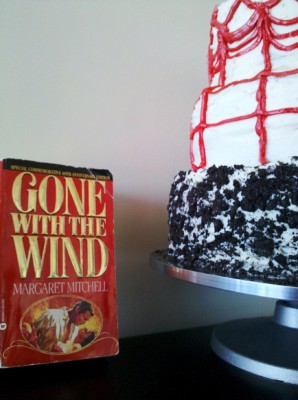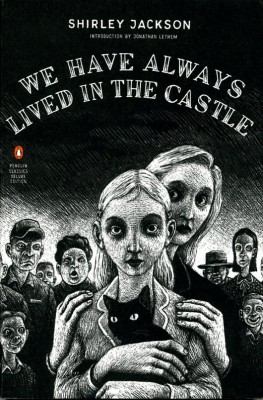Date read: 1.10.11
Book from: University library
Reviewer: Emera
Snow White meets haunted-house melodrama meets quasi-vampire story with a decided hint of “Carmilla,” by the author of The Icarus Girl? Count me in. White is for Witching is the story of a family, and a house, distorted by the loss of a mother and a hidden history of trauma, xenophobia, and insanity. Miranda Silver blames herself for her mother’s death, and struggles with pica, a disorder that compels her to eat chalk and plastic. (I thought it might well be a pun on the “consumptive” heroine, in addition to hinting at Miri’s eventual realization of even worse appetites, and reflecting the novel’s motifs of misdirected desire and destruction from the inside out.) Her twin brother Eliot and bottled-up father Luc are too paralyzed by their own obsessions and griefs to do more than watch Miri on her slow course to destruction. In short, every character is an emotional closed circuit, furiously retracing the same neuroses without outlet or resolution. This includes, of course, the possessive and apparently sentient house, which has born witness to several generations of tortured Silver women.
For the first half of the book, I read with mostly detached fascination. Everyone is so icily clever and dysfunctional that I couldn’t really care about them, and as in The Icarus Girl, Oyeyemi’s prose sometimes verges on mannered. Paragraphs drift into prose-poetic fragments, and overlapping phrases signal transitions between narrating characters; I found the latter a particularly heavy-handed stylistic device. Similarly, many of the haunted-house tableaux – Miri’s waking dreams of streets lined with “pale people,” for example – are presented with an arranged, glassy nightmarishness, an alienating hyper-aestheticization. What saved the book for me from feeling (if you’ll forgive the pun) too lifeless was Oyeyemi’s dense layering of Gothic and folkloric tropes.
Continue reading White is for Witching, by Helen Oyeyemi (2009) E






